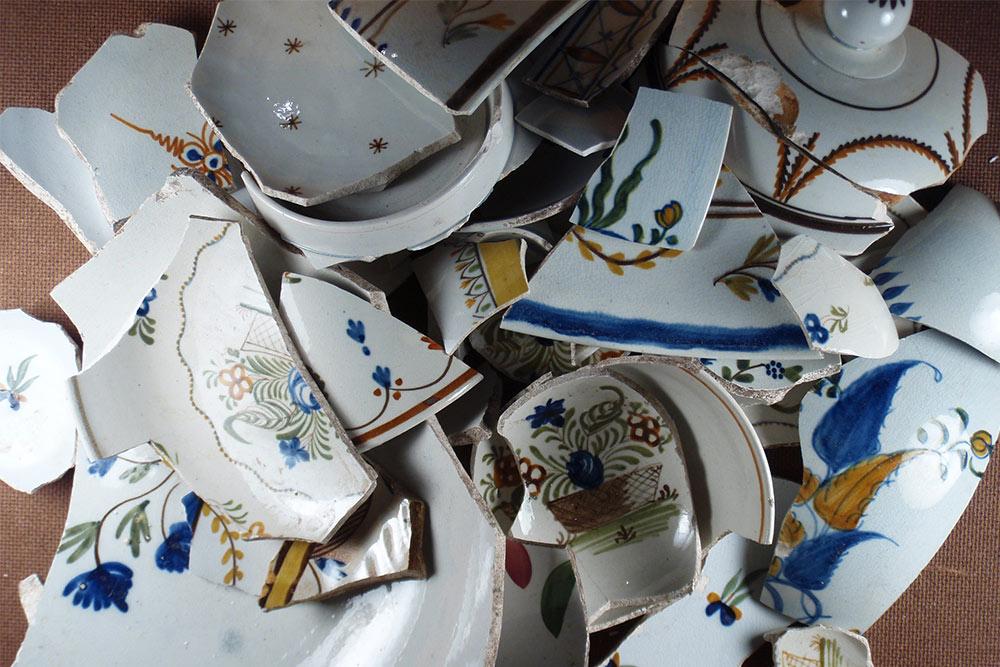
Manchester Dock
The footprint of the Museum of Liverpool building occupies part of the site of the former Manchester Dock and the southern edge of Chester Basin.
In 2007, before the museum was built, the Museum of Liverpool archaeology department undertook an archaeological watching brief on the site, at Mann Island, Liverpool.
Documentary and map evidence shows that the area contained part of Manchester Dock, including part of the entrance lock, and the southern wall of the Chester Basin. Manchester Dock was constructed as a tidal basin in 1785 with the entrance lock added in the early 1800s. Chester Basin was constructed in 1795 but remained a tidal basin and was never converted to an enclosed dock.
The earliest archaeological deposits related to the infill and consolidation of reclaimed land in the late 18th century. A north-south aligned wall about two metres thick and extending the full length of the excavation probably represented the waterfront constructed between 1796 and 1803. The area adjacent to this wall had been infilled to create quayside land. The infilling was done with a wide range of material, principally sands and gravels probably derived from dredging the river, and substantial dumps of pottery manufactured in Liverpool and Staffordshire including a large group of sugar moulds, as well as the first archaeological evidence for the manufacture of clay tobacco pipes in Liverpool. Other finds included small and easily lost objects, small personal items such as buttons, a few coins and tokens, beads.
